Released: 11th November 1996
Writers: Anthony McPartlin / Declan Donelly / Richard Stannard / Matt Rowe / Pete Davis
Peak position: #12
Chart run: 12-18-31-26-40-43-43-61
Though Let’s Get Ready To Rhumble is often used as a précis for Ant & Dec’s stint as popstars, the duo weren’t a one-note novelty act. Of the 14 singles they released between 1993 and 1997, When I Fall In Love is among the best and – without any irony whatsoever – a great track.

It’s difficult to approach Ant & Dec’s pop career with any sense of objectivity. The idea of them as a serious pop act – in as much as for several years, it’s what they were predominantly known for – is almost irreconcilable with their subsequent A-list status as TV presenters. There is, at least, a degree of disassociation where Ant & Dec’s first two albums (Psyche and Top Katz) are concerned. Recording as PJ & Duncan to capitalise on the popularity of their Byker Grove characters does make the material seem more of an extension of a performance.
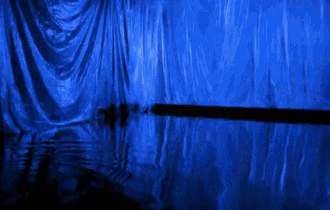
But that changed when Ant & Dec started building an identity in their own right, first presenting The Ant & Dec Show on CBBC from 1995 to 1996 and then Ant & Dec Unzipped on Channel 4 in 1997. However, while it made sense to ditch the PJ & Duncan moniker, what’s often overlooked is that even at this point, the duo’s television work was still a side hustle. Music was Ant & Dec’s day job in the mid-’90s, and they were heavily involved in it, too, co-writing 11 of the 12 tracks on Top Katz. That trend continued on their third album – The Cult Of Ant & Dec – as their team of collaborators expanded to include Steve Mac, Wayne Hector, Richard “Biff” Stannard and Matt Rowe.
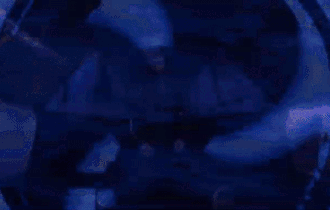
Sensibly, the change in sound and image was managed as gradually as possible. The lead single from the album – Better Watch Out – was produced by Ray Hedges, who’d worked closely with Ant & Dec on Top Katz. It reached #10 to become their first top ten hit in over two years. However, When I Fall In Love, released as the follow-up, showed a noticeable shift into different territory. It starts as a gentle ballad, with Dec making a doe-eyed proclamation of adoration: “I used to dream of love that lasted, and cut through my foolish pride, then when you appeared I found it baby, you’re the best thing in my, best thing in my life…” atop a tender keyboard melody. The album version even opens with the sound of drizzling rain to heighten the romanticised melodrama, though that was removed for the single.
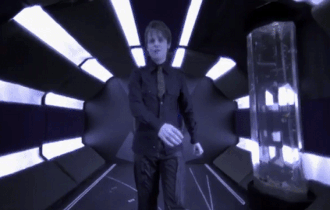
The build-up is sustained long enough (over 50 seconds) for the pretence to be convincing. It’s a fake-out, though. Once the beat properly kicks in, When I Fall In Love reveals itself to be an infectious, thumping dance track, drawing on elements of early ‘90s Europop and commercial house. In fact, it’s vaguely reminiscent of D:Ream’s Things Can Only Get Better (minus the gospel choir). For the most part, it’s a successful evolution for Ant & Dec, with only a moment of what could be perceived as uncertainty over how the duo channel their personality into the track. During the second verse, the delivery becomes slightly stilted and over-emphasised (“Now I’m only happy when I’m near YOU, you’ve turned my whole world up-SIDE down”), landing somewhere between sincere and jovially cheeky. It’s only noticeable because the rest of When I Fall In Love is played straight and works all the better for doing so.
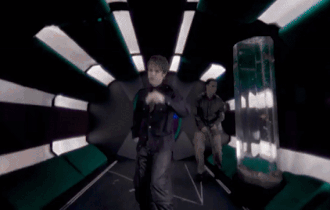
That even includes Ant’s rap verse: “When I fall in love, I want the love to be strong, a physical attraction that goes on and on, I wanna hold you close, I wanna feel ya near, surround you in the dark and protect you from fear, I wanna grow close, together grow old, feel trust love and be told, eternity ‘til death do us part, you blew my mind now take my heart”, which is less bombastic than the duo’s earlier material (though still ridiculous, nonetheless). A non-rap radio edit was also released, but that’s not a wholly accurate description because whether the entire verse is included or not, parts of it are planted for use later in the track, regardless of the version.
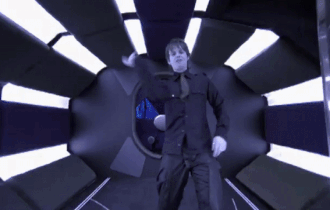
When I Fall In Love packs an earworm of a chorus consisting of two distinct parts. The first is filled with a poppier warmth: “When I fall in love it’s gonna be forever (oh-oh, yeah-eah-eah), when I fall in love it’s gonna be forever (oh-oh, yeah-eah-eah)”, while the second feels closer to the chanted stylings of PJ & Duncan: “Forever, forever fall in love it’s gonna be forever, forever…together, fall in love it’s gonna be forever; forever, forever fall in love it’s gonna be forever, forever…together fall in love it’s gonna be forever”. The track blends those elements into an exhilarating, uplifting finale (though not before a teasing breakdown featuring a “Fore-e-ever” vocal that is neither Ant nor Dec) where the rap is reprised simultaneously with the chorus. It’s genuinely terrific by any standard, not just an act whose pop career is often dismissed as a joke.
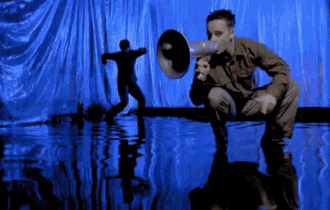
The music video for When I Fall In Love has a distinctly mid-to-low-budget charm. It may be a coincidence, but the opening shots of Ant & Dec’s pensive reflections in rippling water fit thematically with the rain heard (briefly) on the album version, so it seems odd to have taken the effect out. Even more so when the first verse is set in a room with shallow water covering the floor, which Dec squats in while singing longingly towards the camera as Ant wanders around in the background. When the tempo picks up, the setting shifts to what appears to be the interior of a submarine, although that’s based only on the presence of a window across the back of the set with a blue background, a periscope hanging from the ceiling and a hatch on the wall. The rest is essentially a long corridor – with pulsing panel lights and a tall fish tank – which Ant & Dec walk back and forth through.
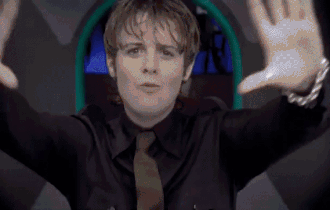
Cross-fade edits and filtered shots aplenty ensure the video is never as static as the location. However, there are also some modest visual compromises (at one point, women appear at the window lit in green, pushing their way through jellyfish tentacles of the kind that would be attached to a primary school art project). But it works for the type of song When I Fall In Love is, and, moreover, is entirely in keeping with Ant & Dec as a pop act whose commercial returns rarely matched their status.
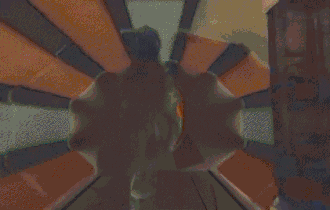
Indeed, that was one of the defining characteristics of Ant & Dec’s pop career. They proved, if nothing else, remarkably consistent. The duo never experienced a significant peak or decline in success; 12 of the 14 singles they released in the ‘90s charted between #9 and #16. When I Fall In Love duly fell into that pattern, reaching #12. It did, however, hold up better than many of their other hits, with eight weeks in the top 75 (only Let’s Get Ready To Rhumble and Eternal Love had longer chart runs). That’s about the only notable achievement to set When I Fall In Love apart from the rest of Ant & Dec’s back catalogue. It’s a shame because this feels like a song that could retain a more enduring nostalgic appeal had it been recorded by almost any other act of the time.

Ultimately, though, the subsequent trajectory of Ant & Dec’s career as presenters meant their music career was always destined to end up as a footnote. Several further singles were released before The Cult Of Ant & Dec, and the album peaked at a not-disastrous #15. However, that wasn’t enough to convince their record label (Telstar) and the duo were dropped. They weren’t out of work long, though, being signed up by ITV to present SMTV Live and CD:UK alongside Cat Deeley in 1998, which was the reinvention that springboarded them to a broader audience and eventually a move to primetime television several years later. Thus, even if When I Fall In Love had been a bigger hit, the overall legacy of the track wouldn’t have changed much, if at all. It was a small part of something much bigger where Ant & Dec are concerned.
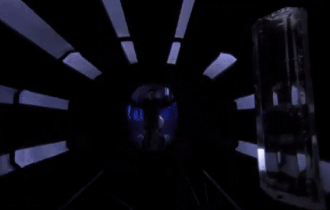
That doesn’t mean their music is without some merit, though. Ant & Dec were more heavily involved in songwriting than they’re given recognition for. And, while the duo thrived as TV presenters once the right format came along, When I Fall In Love shows that despite often protesting otherwise, they could be genuinely good popstars too.



